Portfolio item number 1
Published:
Short description of portfolio item number 1
Published:
Short description of portfolio item number 1
Published:
Short description of portfolio item number 2 
Published in Journal 1, 2009
This paper is about the number 1. The number 2 is left for future work.
Recommended citation: Your Name, You. (2009). "Paper Title Number 1." Journal 1. 1(1). http://academicpages.github.io/files/paper1.pdf
Published in Journal 1, 2010
This paper is about the number 2. The number 3 is left for future work.
Recommended citation: Your Name, You. (2010). "Paper Title Number 2." Journal 1. 1(2). http://academicpages.github.io/files/paper2.pdf
Published in Journal 1, 2015
This paper is about the number 3. The number 4 is left for future work.
Recommended citation: Your Name, You. (2015). "Paper Title Number 3." Journal 1. 1(3). http://academicpages.github.io/files/paper3.pdf
Aluminum electroplating from ionic liquid and its microsystem application
マイクロシステム応用を目指したアルミニウム電気めっき技術
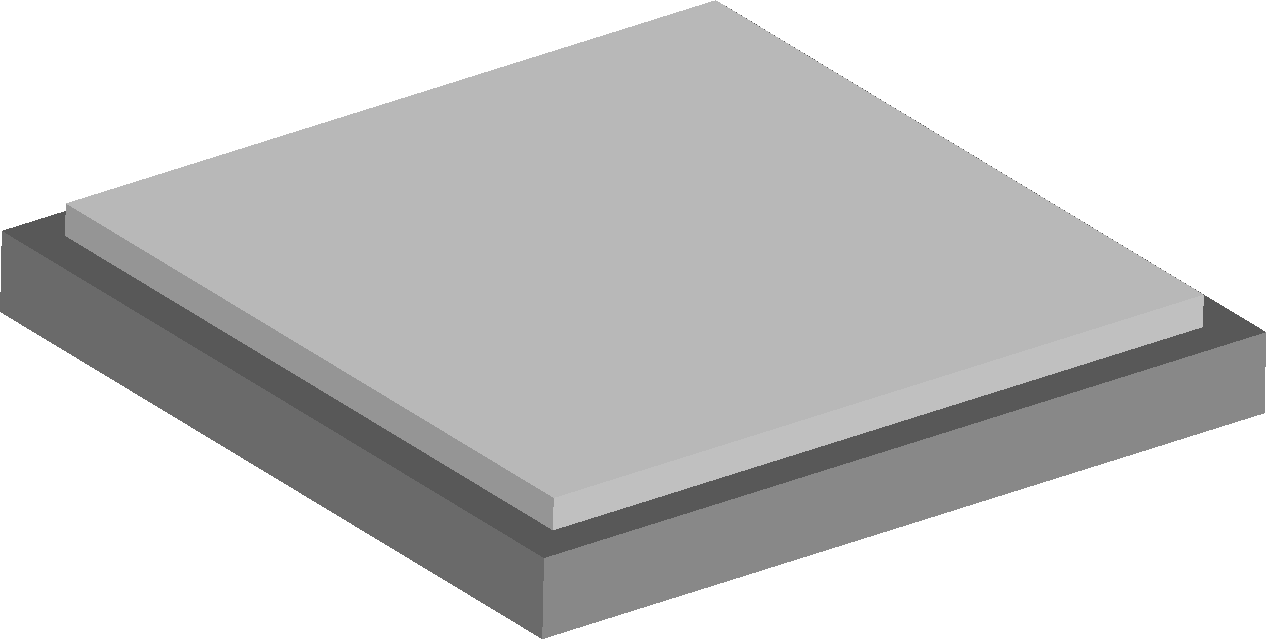
Development of processing technologies for flexible MEMS
フレキシブルMEMSの作製技術
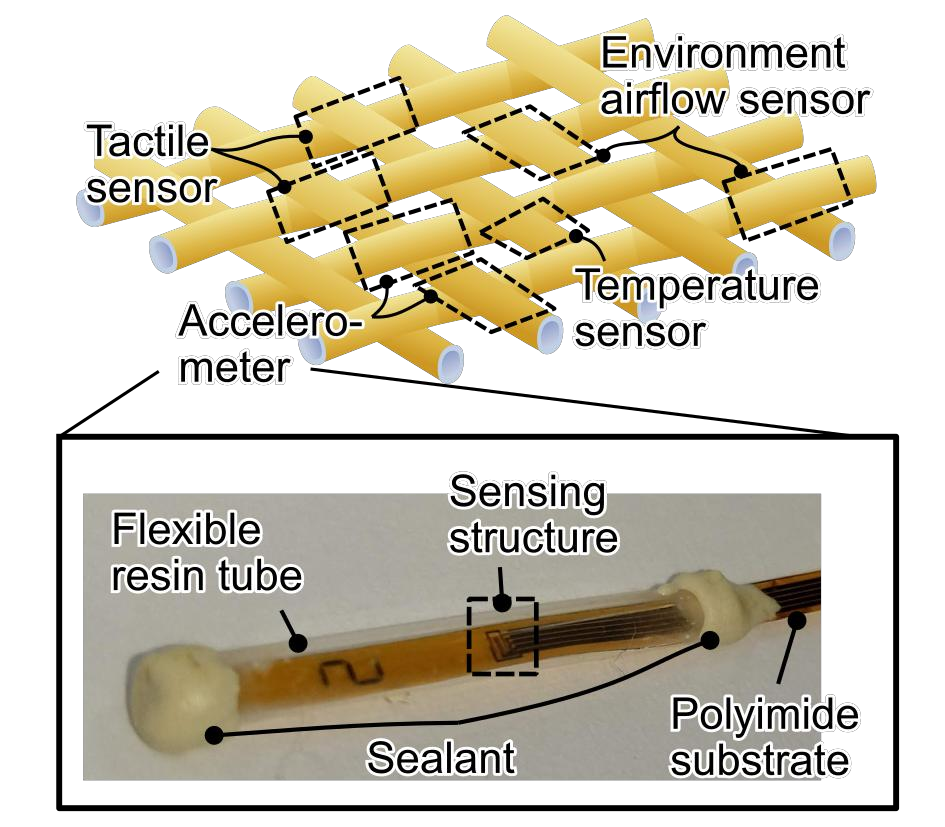
Sensor system for in-vivo measurement
体内その場計測技術
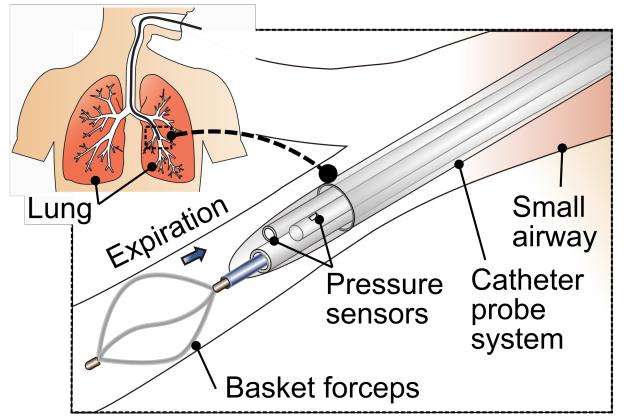
Embedding sensors for smart medical instruments
医療機器へのセンサ実装による多機能化

Microsystems process platform enabled by wafer bonding process
ウェハレベル接合によるマイクロシステムプロセスプラットフォーム
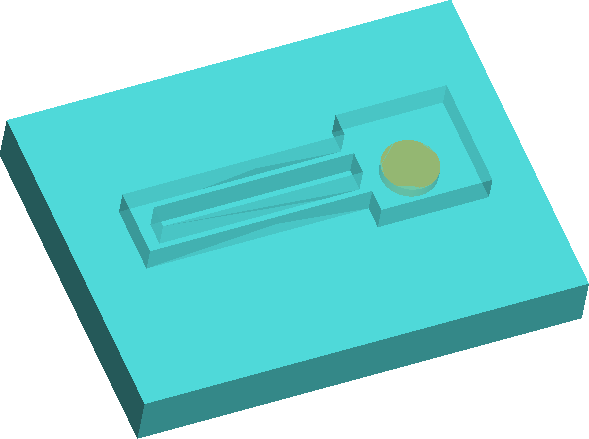
Wafer-level hermetic bonding for heterogeneous device integration and packaging using planarized metal frames
平坦化した金属フレームを用いてヘテロデバイス集積化・真空封止接合・パッケージング
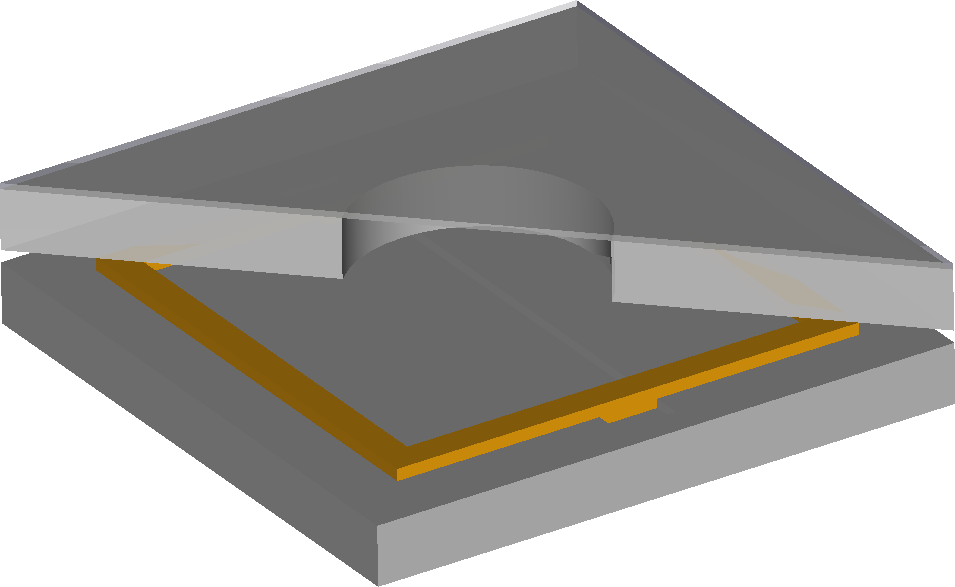
Wearable sensor system and signal processing
ウェアラブルセンサシステム及びその信号処理
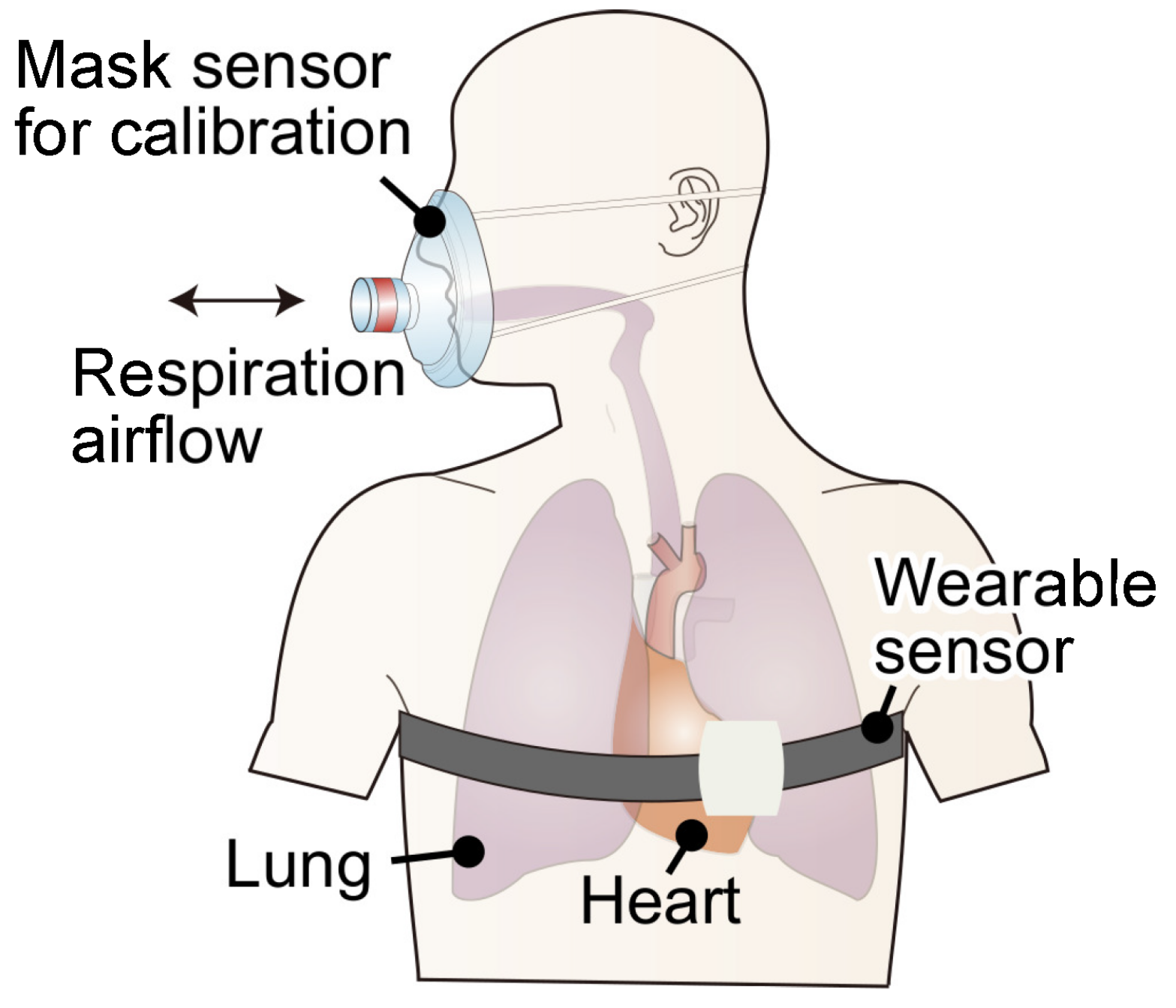
Published:
This is a description of your talk, which is a markdown files that can be all markdown-ified like any other post. Yay markdown!
Published:
This is a description of your conference proceedings talk, note the different field in type. You can put anything in this field.
Undergraduate course, Tohoku University, Department of Mechanical and Aerospace Engineering, 2016
This is a hands-on programming course. The programming language is C. The whole course lead to the development of a car navigation system.
Undergraduate course, Tohoku University, Department of Bioengineering and Robotics, 2016
This is a hands-on course to learn 3D CAD. Students are introduced to 3D CAD modeling using SolidWorks. The final project is to design a robot arm.
Undergraduate course, Tohoku University, Department of Bioengineering and Robotics, 2016
In this course, experiments with various topics according to the laboratories in the Department of Bioengineering and Robotics are introduced. I was responsible for one topic, titled 慣性センシングと信号処理の基礎 or in English it will be Fundamentals of motion sensing and signal processing.
Undergraduate course, Tohoku University, 2017
This course is a preparatory training for Tohoku University students who are going to depart for study abroad in Indonesia.
Undergraduate course, Hiroshima City University, Faculty of Information Sciences, 2021
In this course, various projects to solve local problems are introduced. I was responsible for one project, titled 情報科学技術を使った広島観光の魅力分析 or in English it will be Analyzing local attractions in Hiroshima using information technology. We use Google Cloud Vision API and Python TF-IDF to analyze and extract features from photos of local attractions in Hiroshima. The followings are the material.
Undergraduate course, Hiroshima City University, Faculty of Information Sciences, 2021
In this course, students will experience hands-on training in programming II, a continuation of programming I which is taught in spring semester. From 2021, the programming language changes to Python. All exercises are performed using Google Colaboratory platform. The followings are the weekly material.